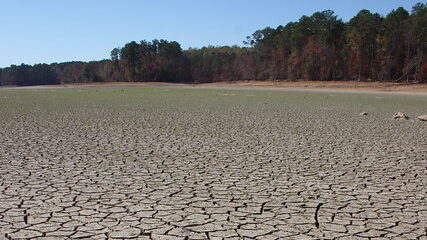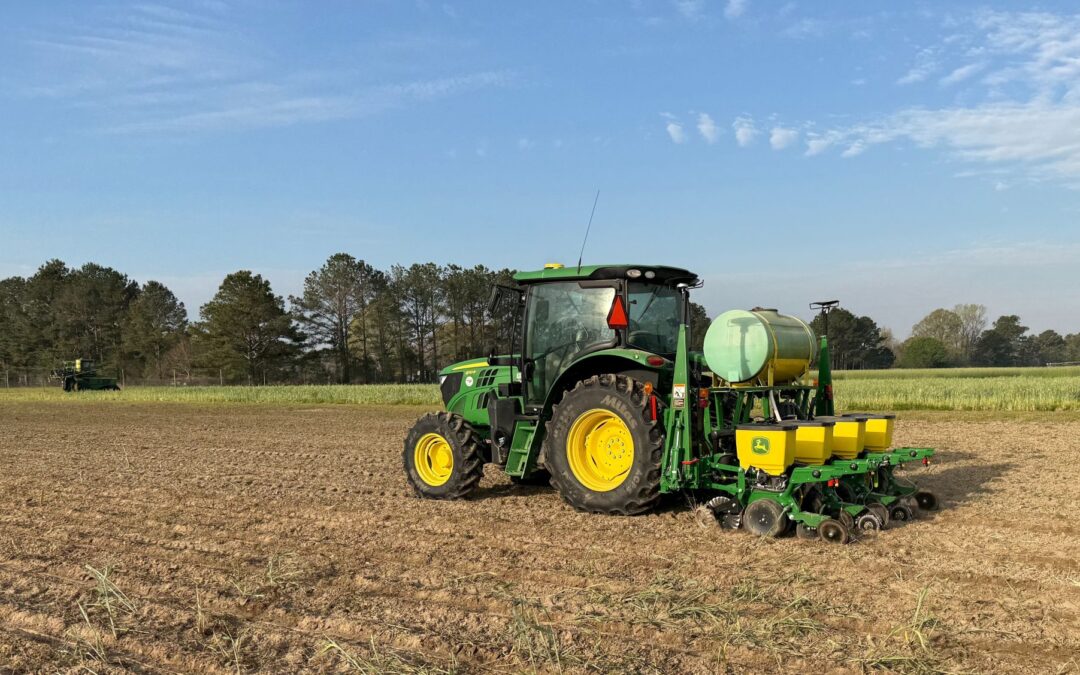The agriculture industry in the United States is one of the most vulnerable to climate change because of its reliance on favorable weather.
Because of this, an Auburn University researcher is seeking to fill a need for rigorous, quantitative evidence of how cover cropping might improve resilience to extreme weather events or conditions.
Assistant Professor Sunjae Won published a paper titled “Understanding the effect of cover crop use on prevented planting losses” in the American Journal of Agricultural Economics, one of the top journals in the field.
In agriculture, cover crops are planted for the purpose of covering soil, rather than for the explicit purpose of being harvested. They manage soil erosion, fertility and quality, as well as water, weeds, pests, diseases and more.
This is what the industry knows. The knowledge lacking, however, is how cover cropping might improve resilience to climate-change-induced extreme weather events.
“There were anecdotal reports in 2019 suggesting that farmers who have historically used cover crops generally were not prevented from planting even in the face of record rainfall levels,” Won said. “I thought providing more evidence about the relationship between cover crop use and prevented planting is important for enhancing the resilience of U.S. agriculture.”
Working alongside Roderick Rejesus, Barry Goodwin and Serkan Aglasan from North Carolina State University, Won used a novel data set that combines satellite-based cover crop information and county-level crop insurance data.
Crop insurance in the U.S. has a provision that allows insured farmers to be compensated if they are prevented from planting due to naturally occurring, insurable causes of loss. One such cause of loss is “excessive moisture,” such as heavy rainfall or flooding.
In 2019, prevented-planting-related crop insurance payments reached a record high of $4.3 billion, which is almost twice the previous record of $2.2 billion in 2011.
Considering this dramatic increase, use of agricultural practices that provide resilience to extreme weather in the spring are critical to maintaining and enhancing U.S. agricultural productivity.
“Our findings suggest that counties with higher cover crop adoption rates tend to have lower levels of crop insurance losses due to prevented planting,” he said. “The resulting reduction in prevented planting risk also becomes larger with longer-term multi-year cover crop use.”
These results support the notion that cover crops improve soil conditions such that the likelihood and magnitude of prevented planting losses decrease, he said.
Won’s research was funded by the U.S. Department of Agriculture’s National Institute of Food and Agriculture. He published his study in just his first seven months working for the College of Agriculture and the Alabama Agricultural Experiment Station.
“This is an outstanding achievement,” said Josh Duke, head of the Department of Agricultural Economics and Rural Sociology. “The paper’s topic is squarely placed in production agriculture and agricultural policy, so it should be of great interest to our stakeholders, as well as our students and peers.”





